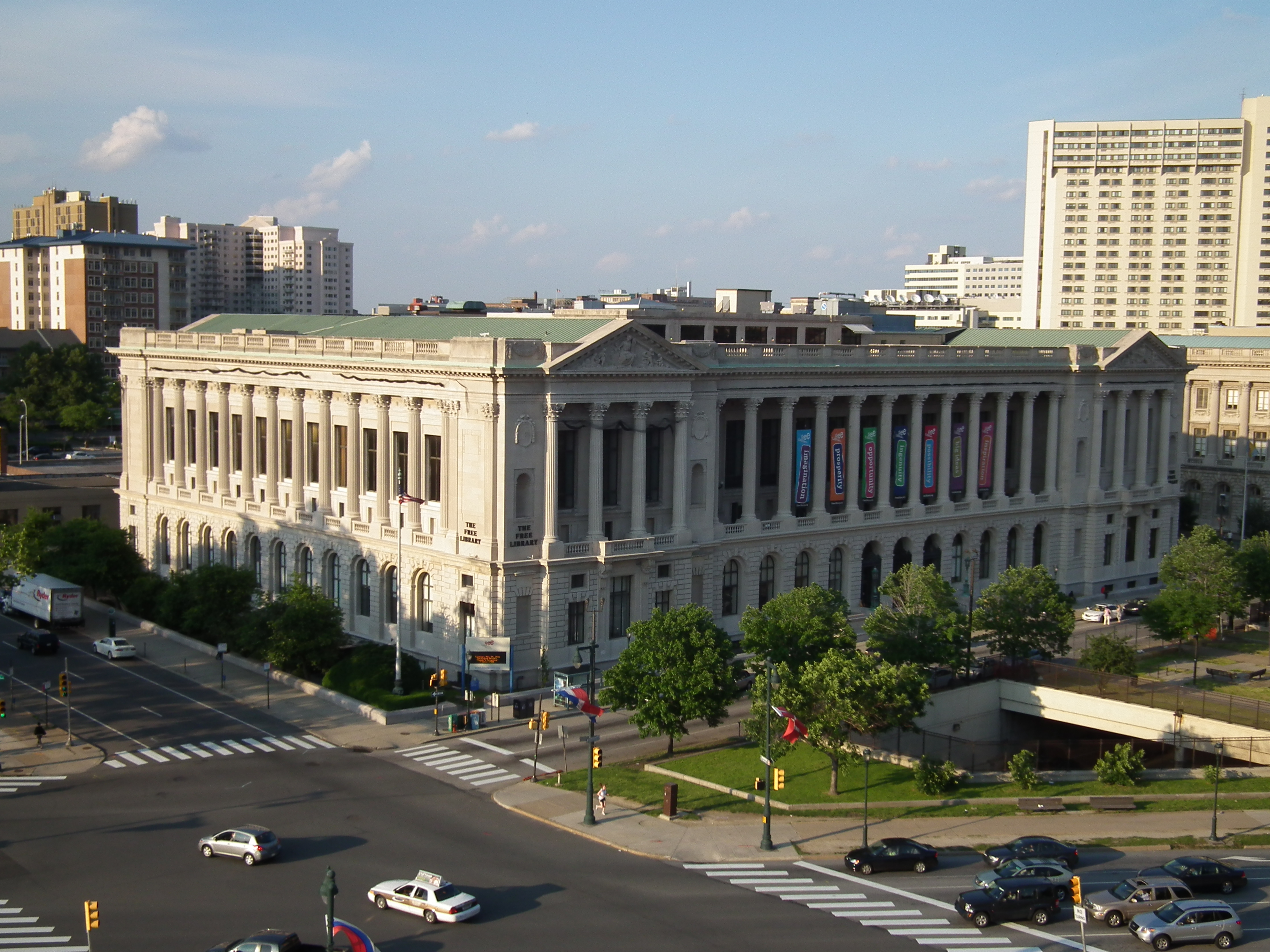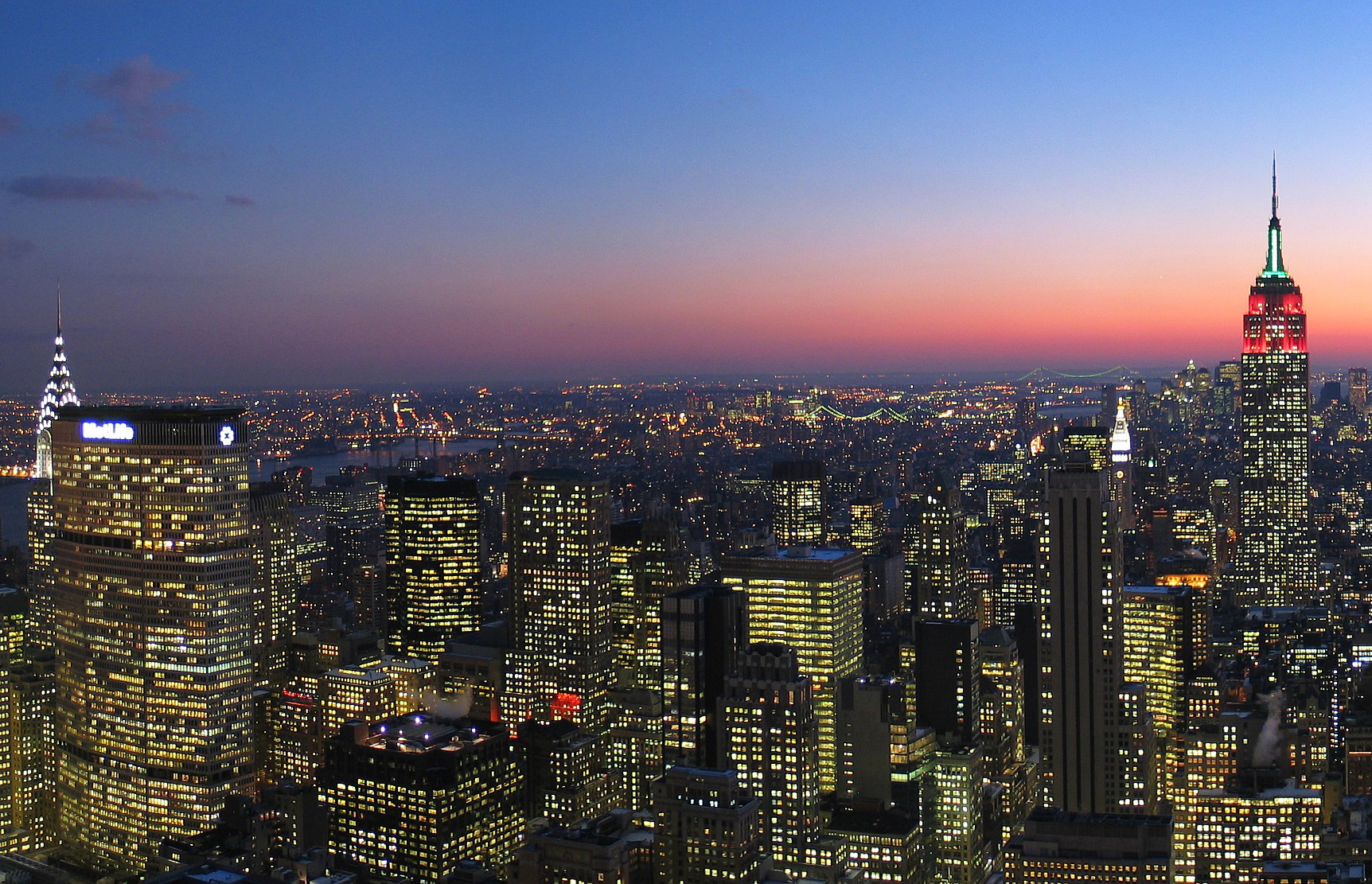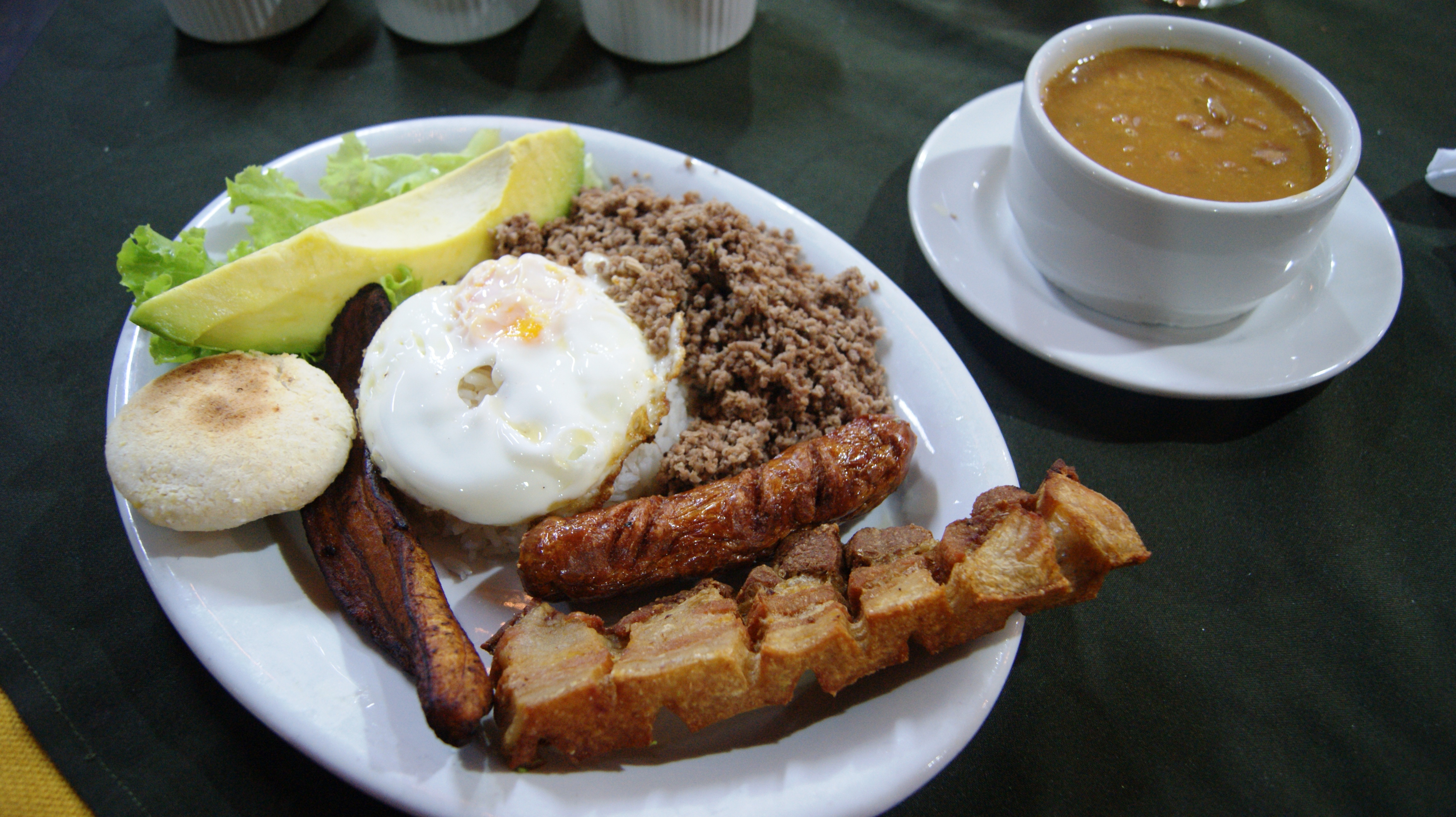|
Feltonville, Philadelphia
Feltonville is a working-class neighborhood in North Philadelphia. It is located east of Logan and Hunting Park, west of Lawncrest and Juniata, south of Olney, and north of Fairhill and Harrowgate. Feltonville is bounded by Erie Avenue to the south, Front Street to the west, Roosevelt Boulevard to the north, Tacony Creek to the northeast, and G Street to the east. Demographics As of the 2010 Census, Feltonville was 42.8% Hispanic, 29.7% African American, 14.1% white, 9.4% Asian, and 4% mixed and all other. Although a large portion of Feltonville's population is made up of middle class Puerto Ricans, Dominicans, and African Americans. Feltonville is a very diverse middle-class neighborhood, with significant populations of Korean Americans, Cambodian Americans, Trinidadian Americans, Haitian Americans, Jamaican Americans, Colombian Americans, Salvadoran Americans, Honduran Americans, Guatemalan Americans, Mexican Americans and other immigrants, including a large concentrat ... [...More Info...] [...Related Items...] OR: [Wikipedia] [Google] [Baidu] |
List Of Philadelphia Neighborhoods
The following is a list of Neighbourhood, neighborhoods, District#United States, districts and other places located in the city of Philadelphia, Pennsylvania. The list is organized by broad geographical sections within the city. Common usage for Philadelphia's neighborhood names does not respect "official" borders used by the city's police, planning commission or other entities. Therefore, some of the places listed here may overlap geographically, and residents do not always agree where one neighborhood ends and another begins. Philadelphia has 41 ZIP Code, ZIP-codes, which are often used for neighborhood analysis. Historically, many neighborhoods were defined by incorporated townships (Blockley, Roxborough), districts (Belmont, Kensington, Moyamensing, Richmond) or boroughs (Bridesburg, Frankford, Germantown, Manayunk) before being incorporated into the city with the Act of Consolidation, 1854, Act of Consolidation of 1854. [...More Info...] [...Related Items...] OR: [Wikipedia] [Google] [Baidu] |
Korean American
Korean Americans are Americans of Korean ancestry (mostly from South Korea). In 2015, the Korean-American community constituted about 0.56% of the United States population, or about 1.82 million people, and was the fifth-largest Asian Americans subgroup, after the Chinese Americans, Filipino Americans, Indian Americans, and Vietnamese Americans communities. The U.S. is home to the largest Korean diaspora community in the world. Demographics According to the 2010 Census, there were approximately 1.7 million people of Korean descent residing in the United States, making it the country with the second-largest Korean population living outside Korea (after the People's Republic of China). The ten states with the largest estimated Korean American populations were California (452,000; 1.2%), New York (141,000, 0.7%), New Jersey (94,000, 1.1%), Virginia (71,000, 0.9%), Texas (68,000, 0.3%), Washington (62,400, 0.9%), Illinois (61,500, 0.5%), Georgia (52,500, 0.5%), Maryland (49,000, ... [...More Info...] [...Related Items...] OR: [Wikipedia] [Google] [Baidu] |
Andrew Carnegie
Andrew Carnegie (, ; November 25, 1835August 11, 1919) was a Scottish-American industrialist and philanthropist. Carnegie led the expansion of the American steel industry in the late 19th century and became one of the richest Americans in history. He became a leading philanthropist in the United States, Great Britain, and the British Empire. During the last 18 years of his life, he gave away around $350 million (roughly $ billion in ), almost 90 percent of his fortune, to charities, foundations and universities. His 1889 article proclaiming " The Gospel of Wealth" called on the rich to use their wealth to improve society, expressed support for progressive taxation and an estate tax, and stimulated a wave of philanthropy. Carnegie was born in Dunfermline, Scotland, and emigrated to Pittsburgh with his parents in 1848 at age 12. Carnegie started work as a telegrapher, and by the 1860s had investments in railroads, railroad sleeping cars, bridges, and oil derricks. H ... [...More Info...] [...Related Items...] OR: [Wikipedia] [Google] [Baidu] |
Free Library Of Philadelphia
The Free Library of Philadelphia is the public library system that serves Philadelphia. It is the 13th-largest public library system in the United States. The Free Library of Philadelphia is a non-Mayoral agency of the City of Philadelphia governed by an independent Board of Trustees as per the Charter of the City of Philadelphia. The Free Library of Philadelphia Foundation is a separate 501c3 non-profit with its own board of directors and serves to support the mission of the Free Library of Philadelphia through philanthropic dollars. History Founding The Free Library of Philadelphia was chartered in 1891 as "a general library which shall be free to all", through efforts led by Dr. William Pepper, who secured initial funding through a $225,000 bequest from his wealthy uncle, George S. Pepper. However, several libraries claimed the bequest, and only after the courts decided the money was intended to found a new public library did the Free Library finally open in March 1894. ... [...More Info...] [...Related Items...] OR: [Wikipedia] [Google] [Baidu] |
Palestinian Americans
Palestinian Americans ( ar, فلسطينيو أمريكا) are Americans who are of full or partial Palestinian descent. It is unclear when the first Palestinian immigrants arrived in the United States, but it is believed that they arrived during the early 1900s. Later refugees came to the country fleeing the displacement and violence of the Nakba. History Early immigration The first Palestinians who immigrated to the United States arrived after 1908, when the Ottoman Empire passed a new conscription law mandating Palestinians into the military. These Palestinians were overwhelmingly Christians, and only a minority of them were Muslims. Palestinian immigration began to decline after 1924, with a new law limiting the number of immigrants, as well as the Great Depression, which heavily reduced immigration. Palestinian exodus The population in the United States began to increase after World War II. The 1948 Arab–Israeli War, and the establishment of the state of Israel ... [...More Info...] [...Related Items...] OR: [Wikipedia] [Google] [Baidu] |
Mexican American
Mexican Americans ( es, mexicano-estadounidenses, , or ) are Americans of full or partial Mexican heritage. In 2019, Mexican Americans comprised 11.3% of the US population and 61.5% of all Hispanic and Latino Americans. In 2019, 71% of Mexican Americans were born in the United States, though they make up 53% of the total population of foreign-born Latino Americans and 25% of the total foreign-born population. The United States is home to the second-largest Mexican community in the world (24% of the entire Mexican-origin population of the world), behind only Mexico. Most Mexican Americans reside in the Southwest (over 60% in the states of California and Texas). Many Mexican Americans living in the United States have assimilated into American culture which has made some become less connected with their culture of birth (or of their parents/ grandparents) and sometimes creates an identity crisis. Most Mexican Americans have varying degrees of Indigenous and European ancestry, ... [...More Info...] [...Related Items...] OR: [Wikipedia] [Google] [Baidu] |
Guatemalan American
Guatemalan Americans ( es, guatemalteco-americanos, links=no, or ) are Americans of full or partial Guatemalan people, Guatemalan descent. The Guatemalan American population at the 2010 Census was 1,044,209. Guatemalans are the sixth largest Hispanic group in the United States and the second largest Central American population after Salvadoran Americans, Salvadorans. Half of the Guatemalan population is situated in two parts of the country, the Northeastern United States, Northeast and Southern California. The states with the largest Guatemalan population are California (29%), Florida (8%) and Texas (7%). History of Guatemalans in the United States Guatemalan immigration to the United States, Guatemalans have migrated to the US since the 1930s and 1940s. Along with other Central Americans they first arrived by way of Mexico and settled in urban areas like Los Angeles, Chicago, New Orleans, Houston, New York City, Oakland, San Francisco, Maryland, Washington, D.C. and Northern Vi ... [...More Info...] [...Related Items...] OR: [Wikipedia] [Google] [Baidu] |
Honduran American
Honduran Americans ( es, link=no, honduro-americano, or ) are Americans who trace their roots to Honduras, Honduran Americans belong to one or more of the follow ethnic groups such as mestizo, white, Lenca, Ladino people, Miskito people, Garifuna, and Creole peoples. The word is used to refer to someone born in the United States who is full or partial Honduran descendant The Honduran population at the 2010 Census was 837,694. Hondurans are the eighth largest Latino group in the United States and the third largest Central American population, after Salvadorans and Guatemalans. Hondurans are concentrated in Texas, Florida and California. History 19th century The first Hondurans came to United States during the late 18th and early 19th centuries, by the time during Honduras was known as the ''Intendencia de Comayagua'', later in 1820 changed its name to province of Comayagua in the Viceroyalty of New Spain, and later gained its independence from the Spanish Crown, founded as ... [...More Info...] [...Related Items...] OR: [Wikipedia] [Google] [Baidu] |
Salvadoran American
Salvadoran Americans ( or ) are Americans of full or partial Salvadoran descent. As of 2010, there are 2,195,477 Salvadoran Americans in the United States, the fourth-largest Hispanic community by nation of ancestry.US Census Bureau 2011 American Community Survey B03001 1-Year Estimates HISPANIC OR LATINO ORIGIN BY SPECIFIC ORIGIN Factfinder.census.gov, retrieved October 28, 2012 According to the Census Bureau, in 2016 Salvadorans made up 3.8% of the total Hispanic population in the US. Salvadorans are the largest group of Central Americans of the |
Colombian American
Colombian Americans ( es, Colomboestadounidenses), are Americans who trace their ancestry to Colombia. The word may refer to someone born in the United States of full or partial Colombian descent or to someone who has immigrated to the United States from Colombia. Colombian Americans are the sixth-largest Latin American group and the largest South American Latino group in the United States. Many communities throughout the United States have significant Colombian American populations. Florida (1.03 million in 2017) has the highest concentration of Colombian Americans in the United States, followed by New York (503,128), New Jersey (238,551), California (115,392) and Texas (105,929). History The first Colombian immigrants who settled in the United States likely arrived in the 1800s. However, the Colombian presence in the United States would not be known with certainty since the US census included all the South Americans that lived in the United States in the "other Latinos" catego ... [...More Info...] [...Related Items...] OR: [Wikipedia] [Google] [Baidu] |
Jamaican American
Jamaican Americans are an ethnic group of Caribbean Americans who have full or partial Jamaicans, Jamaican ancestry. The largest proportions of Jamaican Americans live in South Florida and New York City, both of which have been home to large Jamaican communities since the 1950s and 60s. There are also communities of Jamaican Americans residing in Connecticut, Georgia (U.S. state), Georgia, New Jersey, Pennsylvania, Maryland, Massachusetts, and California. The vast majority of Jamaican Americans are of black Afro-Caribbean people, African-Caribbean descent, and many are also some of full or partial Indo-Jamaicans, Indian Jamaican, Chinese Jamaicans, Chinese Jamaican, White Jamaicans, European and Lebanese Jamaicans, Lebanese descent. Historical immigration After 1838, History of the Caribbean, European colonies in the Caribbean with expanding sugar industries imported large numbers of immigrants to meet their acute labor shortage. Large numbers of Jamaicans were recruited to w ... [...More Info...] [...Related Items...] OR: [Wikipedia] [Google] [Baidu] |







